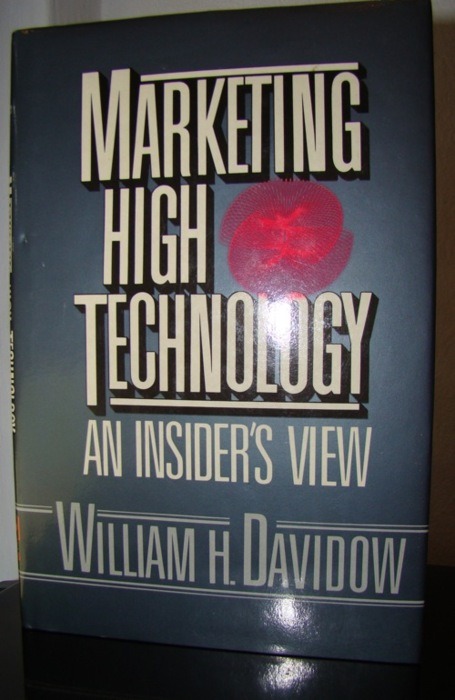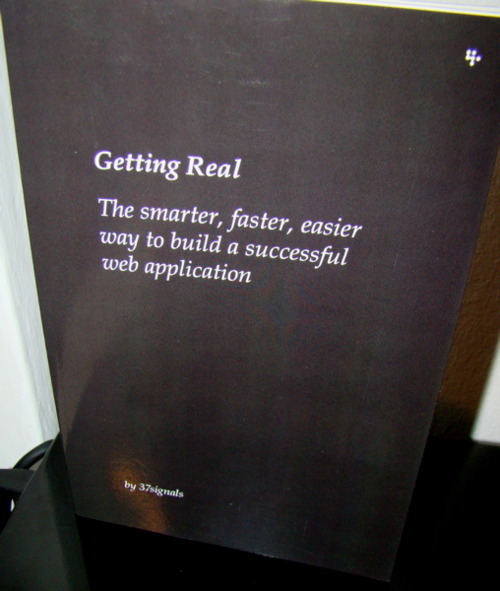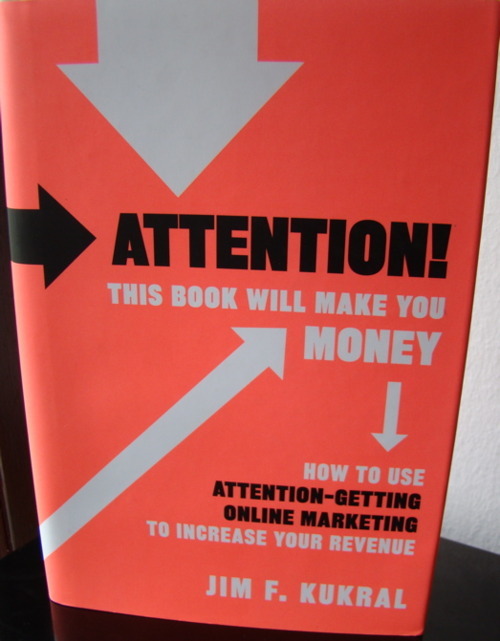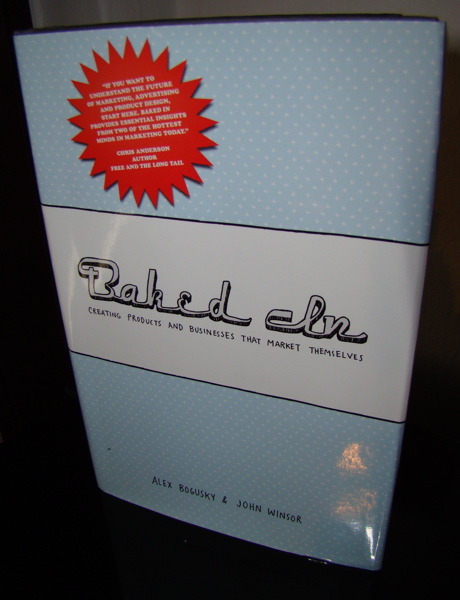
What is it about?
We are in 1986. Windows 1.0 will be released in a year and high technology is mostly the semiconductor industry. William H. Davidow worked for Intel and fought several wars. He explains what is important and why marketing is civilized war.
What can I learn?
Go for defensible market segments: Unbelievable important principle which executives/entrepreneurs often don’t get. What does defensible mean? Firstly, just releasing a product isn’t entering the market. You have to gain customers and establishing your product. Davidow estimated that it takes about 0.7 times the sales volume of the market leader to enter a market. Visualize this. If the market leader in your market segment makes $25mio in sales, you will need approx. a $17m investment just to enter the market. Secondly, you have to defend your position. In the mid- to long-term the two or three leaders dominate a market. If you can gather at least 20% of the market, you will probably vanish in the mid- to long-term. In conclusion, look for an appropriate market segment (i.e. which you can enter), gain enough customers and fight the war!
Create great products, not just great devices: Devices are your fundamental offering, e.g. the code for your software. However, a product is your device plus its marketing (positioning, usability, UX, etc.). What does this mean? If you know a techie, you probably had a discussion over the iPhone/iPod. He says that they are inferior to product X because they don’t have feature Y and Z. This is device stuff. Does the mass care about that? No. They care about the product. It is easy to use? It is trendy? Who else uses it? This takes us back to Baked in. You’re device and marketing have to work together and create a whole product.
Install Marketing Quality Management: If you read the previous paragraph you know how important marketing is. Therefore you should assure the quality of it. It begins which checking the positioning of each product to helping internal cooperation. Only if your marketing and device development are working hand in hand, you can create a great product.
Conclusion
Marketing High Technology was written in 1986. Yes, it about 25 years old and kicks ass of most books released today. This book showed how awesome Intel works like in Only the Paranoid Survive. If your business creates product, this is a must read. There is so much insight which is seldom used today. Recommendation!



